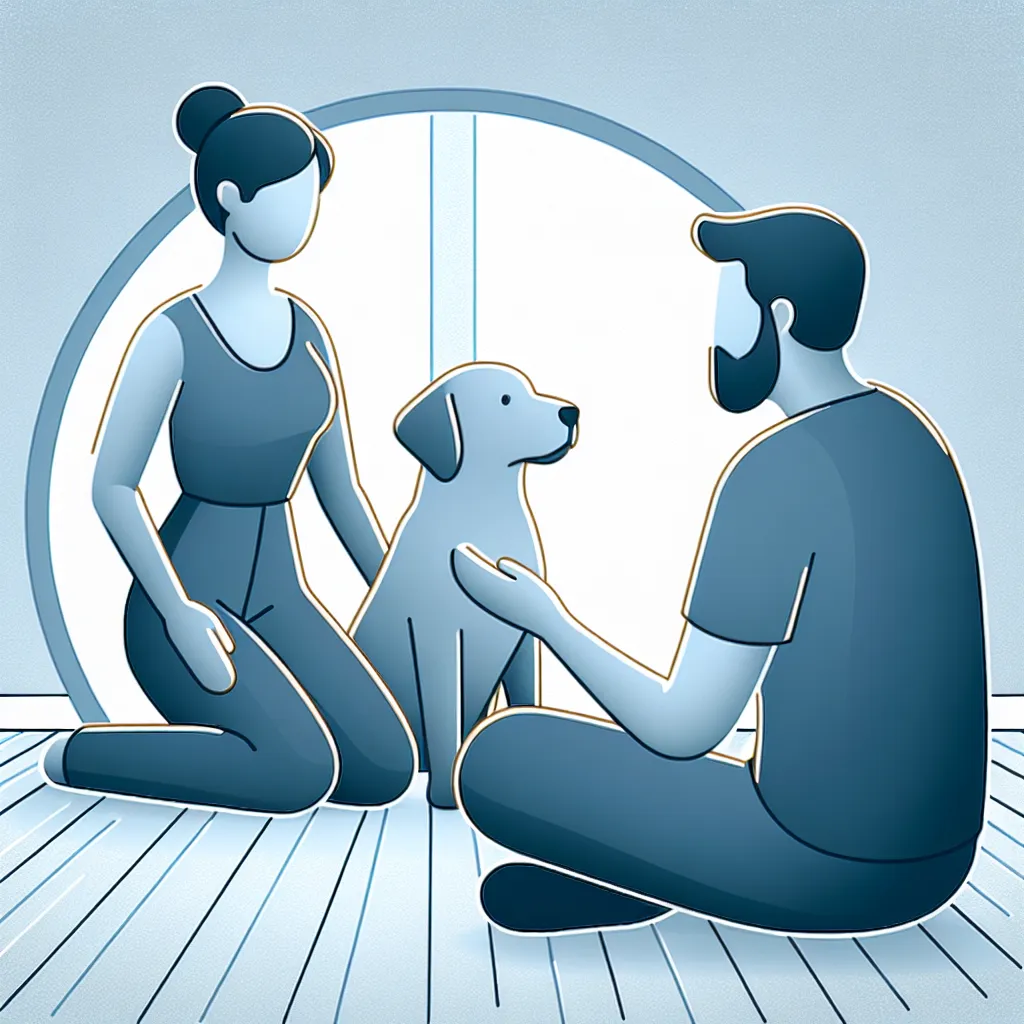The Benefits of Owning a Dog
Owning a dog has profound effects on mental and physical health, as evidenced by studies showing reduced stress, anxiety, and depression, largely attributed to the companionship and unconditional love provided by dogs, along with the release of “feel-good” hormones such as oxytocin through interactions like petting. Additionally, the responsibility and routine of caring for a dog can offer a sense of purpose, particularly beneficial for those dealing with mental health issues, and can encourage physical activity. Furthermore, the social support and companionship offered by dogs can combat feelings of loneliness and isolation, facilitating social interactions with other dog owners. Similarly, on a physical level, owning a dog encourages increased physical activity, leading to better cardiovascular health, weight management, and decreased risk of chronic diseases, and has been associated with a stronger immune system, particularly in children. The bond between humans and dogs is truly special and offers numerous mental, physical, and social benefits, making it clear why more research continues to support the invaluable relationship.






